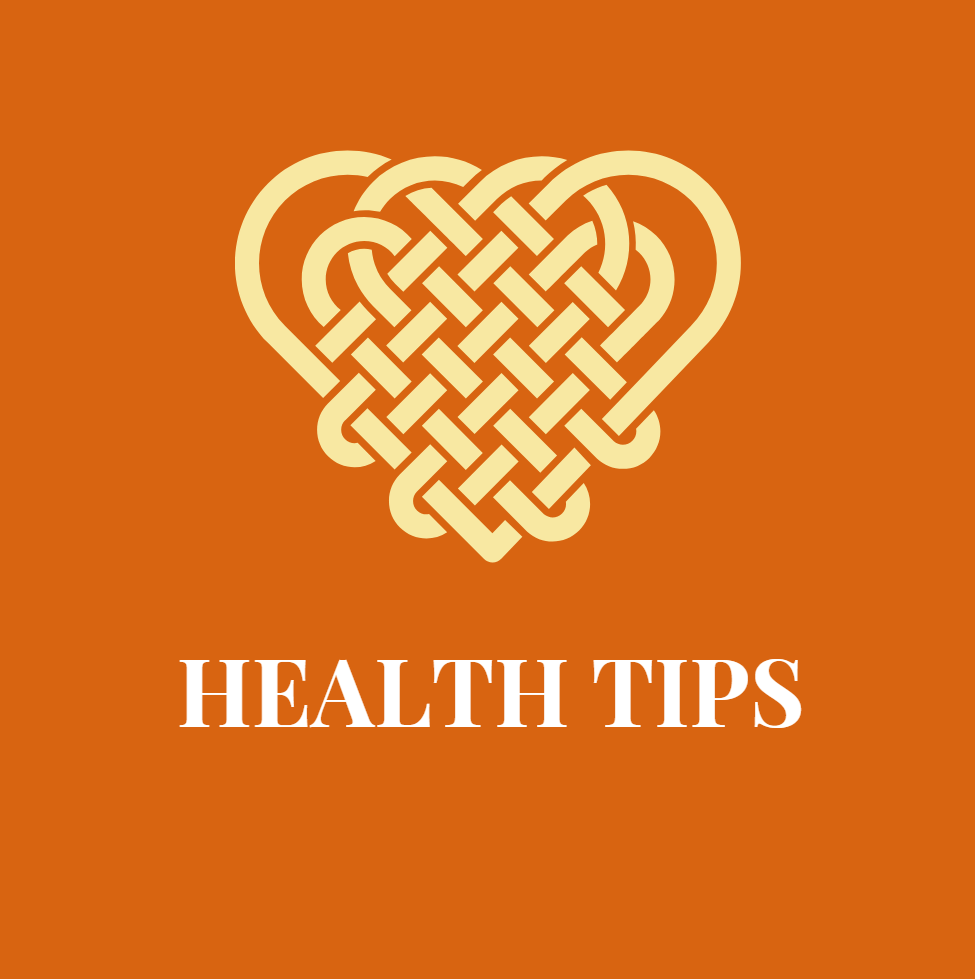How to keep yourself and others away from COVID-19
Latest COVID-19 prevention recommendations
Stay at least 1 meter away from others to reduce the risk of getting infected when they cough, sneeze or talk. When indoors, keep a greater distance from others. The farther away, the better.
Make wearing a mask a regular practice with others around you. Proper use, storage and cleaning or disposal of masks are key to maintaining their effectiveness.
The following are the basic ways to wear a mask.
Clean your hands before putting on the mask, before and after removing it, and after every time you touch it.
Make sure the mask covers your mouth, nose and chin.
When you remove your mask, store it in a clean plastic bag, wash it daily if it is a fabric mask, or dispose of the medical mask in the trash.
Do not use masks with valves.
For more information on when to wear which masks, see our Q&A and watch our video. There is also a Q&A focusing on masks and children.
Watch or read this interview to learn more about the science of how COVID-19 infects people and how the body reacts.
For specific recommendations for policymakers, see WHO’s technical guidance.
How to make your environment safer
Avoid enclosed, crowded or spaces that involve close contact.
Outbreaks have occurred in situations where people gather in crowded indoor environments (restaurants, choir practice rooms, fitness classes, nightclubs, offices and places of worship) and talk loudly, shout, gasp or sing.
The risk of contracting COVID-19 is higher in crowded and poorly ventilated spaces because infected individuals stay together in close proximity for long periods of time. In these environments, the virus appears to be spread more effectively by respiratory droplets or aerosols, making it even more important to take precautions.
Meet with people outside. Outdoor gatherings are safer than indoor gatherings, especially if there is little space indoors and no outdoor air coming in.
For more information on how to host events such as house parties, children’s soccer games and family gatherings, read our Q&A on small public gatherings.
Avoid crowding and indoors, and if that’s not possible, take precautions:
Open windows when indoors to increase the amount of natural ventilation in the room.
WHO has issued a Q&A on ventilation and air conditioning for the general public and those who manage public spaces and buildings.
Wear a mask (see above for details).
Don’t forget the basics of good hygiene
Clean your hands regularly and thoroughly, using an alcohol-based hand rub or washing your hands with soap and water. This will eliminate germs, including viruses on your hands.
Avoid touching your eyes, nose and mouth. Hands touch many surfaces and can become contaminated with viruses. Once contaminated, your hands can pass viruses to your eyes, nose or mouth. From there, the virus can enter your body and infect you.
When coughing or sneezing, cover your mouth and nose with a bent elbow or tissue. Then immediately dispose of the used tissue in a closed trash can and wash your hands. By maintaining good ‘respiratory hygiene,’ you can protect those around you from the viruses that cause colds, flu and COVID-19.
Clean and disinfect surfaces frequently, especially those that are frequently touched, such as door handles, faucets and phone screens.
What to do if you feel sick
Know the full range of symptoms of COVID-19. The most common symptoms of COVID-19 are fever, dry cough and fatigue. Other symptoms that are less common but may affect some patients include loss of taste or smell, pain, headache, sore throat, nasal congestion, red eyes, diarrhea, or rash.
Even if you have only mild symptoms such as a cough, headache, or mild fever, you should stay home and self-isolate until you are well. Call your health care provider or hotline for advice. Have someone bring you some supplies. If you need to leave your home or have someone with you, wear a medical mask to avoid infecting others.
If you have a fever, cough and difficulty breathing, seek medical attention immediately. If possible, call first and follow the instructions of your local health department.
Get updated information from trusted sources, such as WHO or local and central health authorities in your country. Local and national authorities and public health departments are best placed to advise on how people in your area should protect themselves.





